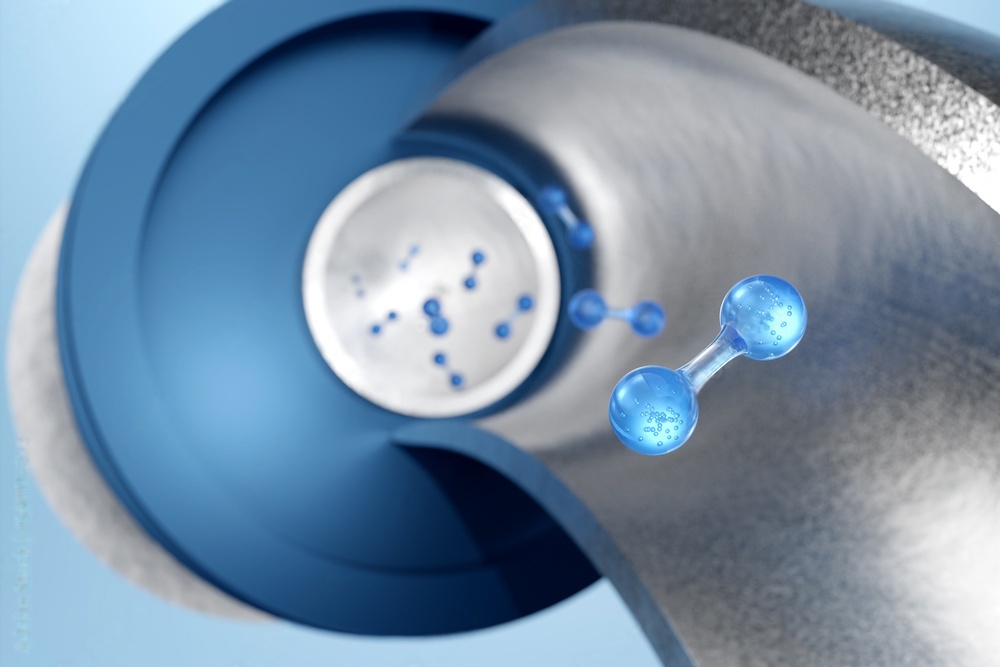Uncovering the secrets and techniques of chemistry is like exploring the hidden areas of counting numbers. The alley is full of cutting-edge discoveries and thought-provoking chemicals that push medical information forward. Today we discover the tricarbon octahydride, a molecule whose structure and houses fascinate chemists the world over.
Join us to discover the secrets and techniques of this exciting molecule and its chemical significance. Get ready for an exciting journey into tricarbon octahydride!
Chemical structure and properties of tricarbon octahydride
C3H8 is an exciting chemical molecule with a unique shape and properties. Although its formula seems simple, there is more to this chemical than meets the eye.
A tricarbon has three linearly related carbon atoms. Two hydrogen atoms surround each carbon atom, giving a complex of six hydrogen atoms. This association gives the tricarbon octahydride its name and distinguishes it.
The stability of tricarbon octahydride is vital. It resists decomposition and reactions in normal settings due to its robust carbon-hydrogen bonds. Various decks requiring controlled reactivity benefit from this balance.

Low boiling points and volatility distinguish tri-carbon octahydride. Because the intermolecular interactions are vulnerable, it vaporizes without difficulty below ambient temperature. This makes it best suited for packages that require short evaporation or elimination of the compound.
Tricarbon octahydride is non-polar due to its symmetrical electron density. It dissolves properly in non-polar solvents such as hydrocarbons and lipids but no longer in polar solvents.
The chemical structure and houses of tricarbon octahedrite monitor its behavior and interactions with various compounds. Its balance, volatility, and non-polarity make it useful in natural chemistry studies in the pharmaceutical industry and gas production.
In the following blog post, we will explore the production of tricarbon octahydride and its many uses!
Synthesis of tricarbon octahydride
The combination of carbon and hydrogen atoms in a controlled arrangement to produce tricarbon octahydride (C3H8) is fascinating. Synthesis is difficult given that this chemical is reactive and volatile.
Scientists start with propane or butane to make tri-carbon octahydride. Hydrocarbons provide the carbon and hydrogen for this technique. The process involves heating and compressing hydrocarbons using catalysts.
Pyrolysis is a common method for producing tricarbon octahydride. Pyrolysis heats organic materials without oxygen to break them down. Molecules of propane or butane are cut into three-atom fragments.
After the small fragments became larger, they could react to form a tricarbon octahydride of 3 carbon atoms and 6 hydrogen atoms. Due to its fragility, this molecule must be handled with care at some stage of the synthesis to avoid facet reactions or spontaneous decay.
Control of response parameters such as temperature, voltage, and catalyst selection is essential for the synthesis of tri-carbon octahydride. To meet the growing demand for this chemical in chemical packages, scientists are developing new techniques to increase performance and production.
The synthesis of tricarbon octahydrate is complicated and requires know-how in handling reactive chemicals and optimizing reaction situations. This continuous research makes it possible significantly.
Uses in chemistry:
Tricarbon octahydride (C3H8) has many chemical uses. Its specific properties make it useful for chemical reactions and operations.
The reducing agent, tricarbon octahedrite, is essential. It reduces compounds by donating hydrogen atoms to other molecules through reactions. The ability to convert purposeful organizations or discard double binds makes it valuable in natural synthesis.

In addition, catalytic systems use tricarbon octahydride. It improves the complicated reactivity and selectivity of transition metals as a ligand. These complexes use industrial processes such as hydroformylation and hydrogenation.
In addition, octahydride is important for increasing the fabric. Its strong bonds with other elements enable the synthesis of new natural polymers with acceptable properties. These polymers can be used in coatings, adhesives, and electronics.
Due to its low toxicity and excellent solubility, tricarbon octahydride is usually used as a solvent or diluent. It dissolves polar and non-polar substances well, so it is suitable for laboratory and commercial use.
The many uses of tri-carbon octahydride show its importance in chemistry. From a bending-reducing agent to vital for catalytic structures and fabric formation, this molecule is driving advances in chemical studies and business.
The scientific significance of T-O
Tricarbon octahedrite (C3H8) is crucial for technological know-how. Its unusual properties and flexibility have attracted researchers from many industries.
As an intermediate in natural chemistry, tricarbon octahydride is critical for the complicated synthesis of compounds. Its strong shape aids carbon-carbon bonding, making it useful for complex chemicals.
This chemical additionally has exciting styles of reactivity, which increases its importance. It is easily added to other molecules, allowing scientists to discover new reaction pathways and synthesis tactics.
Tricarbon octahedrite is used in materials science and catalysis, in addition to natural chemistry. Its performance as a catalyst improves chemical reactions and industrial operations.
Tricarbon octahedrite holds great promise for present and future packages, according to scientists. Research is studying new uses and methods to control its reactivity and better utilize its functions.
Tricarbon octahedrite allows us to understand chemical reactions and set up new clinical methods. Exploring and gaining knowledge of its full potential will result in exciting discoveries to shape chemistry.
Future features and prospects of the study
Every day brings new discoveries and advances in chemistry. Tricarbon octahydride (C3H8 or cyclopropane) has proven itself in many programs. However, many studies and development paths continue to exist.
The synthesis of octahydride will be explored. Current production uses complex approaches at excessive temperatures and pressures. Researchers may want to discover extra green and environmentally friendly synthesis routes to make tricarbon octahydride extremely industrially beneficial.
Investigating the specific properties of tricarbon is another fascinating research possibility. Small and stiff, it can be used in nanotechnology or as a design challenge for innovative materials with precision capabilities.
The reactivity and chemical variations of tricarbon octahydride can be used to increase new ones.

